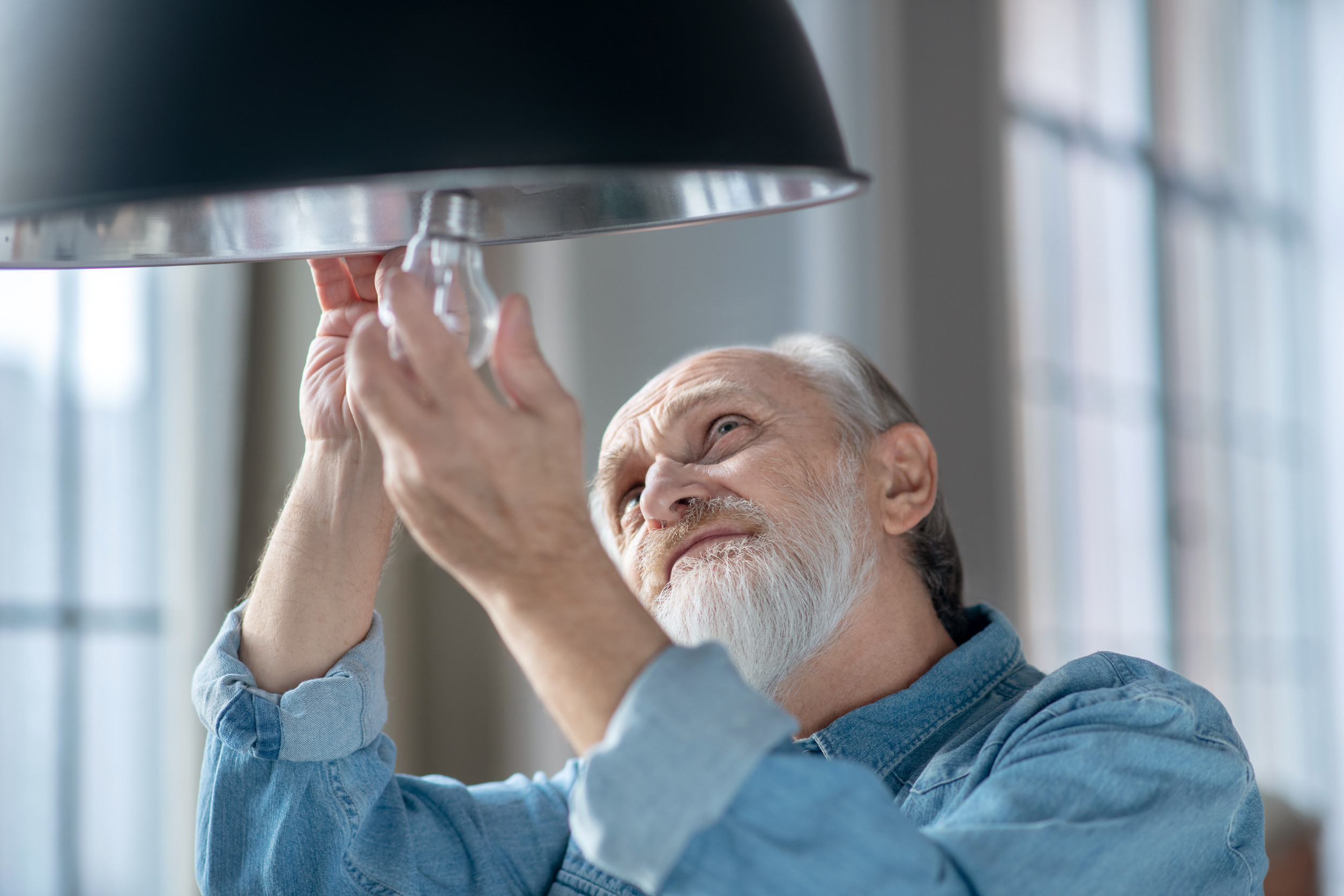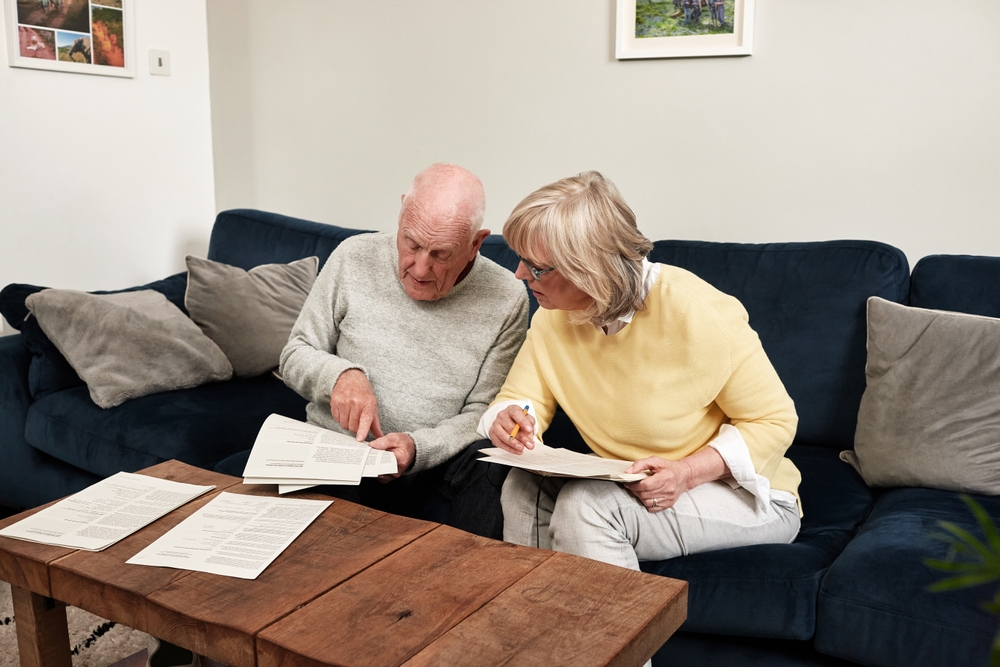Aging in place has become the goal for millions of older adults—but safety concerns can turn that dream into a daily risk. Fortunately, you don’t need to spend thousands on remodels to make your home safer and more comfortable. With small, affordable changes, you can prevent falls, improve visibility, and create an environment that supports independence for years to come.
1. Improve Lighting in Every Room
Vision changes with age, and poor lighting can quickly become a hazard. The National Institute on Aging reports that falls are the leading cause of injury among seniors, often triggered by dim or uneven light. Adding bright LED bulbs, under-cabinet lighting, or motion-sensor nightlights reduces risk instantly. Focus on hallways, stairways, and bathrooms—areas most prone to accidents. Even better, swap switches for smart bulbs that turn on automatically when you enter.
2. Add Secure Grab Points Without Rebuilding Walls
You don’t need a full bathroom remodel to gain stability. Install grab bars near the toilet and shower using no-drill suction or adhesive mounts approved for heavy weight. Using handholds in high-slip areas cuts fall risk. You can also add sturdy towel bars or railings near steps for balance. The goal isn’t just to prevent falls—it’s to make every movement easier and more confident.
3. Remove Hidden Trip Hazards
Loose rugs, cords, and clutter are silent threats to safety. Uneven flooring and unsecured mats contribute to thousands of fall-related ER visits yearly. Replace thick rugs with low-pile versions and secure edges with double-sided grip tape. Keep walkways clear of shoes, plants, and pet bowls. Simplifying the floor layout creates smoother navigation—especially for those using canes or walkers.
4. Rethink Furniture Placement and Height
Rearranging furniture can make a home safer without spending a dime. Avoid tight pathways and sharp-edged coffee tables that block access. Choose chairs and sofas with firm cushions and arms for easier standing. Arrange living areas to allow wide, obstacle-free movement. Even shifting furniture by a few inches can dramatically improve accessibility and comfort.
5. Make Small Bathroom and Kitchen Upgrades
Slippery surfaces and hard-to-reach items cause many home accidents. Replace slick mats with rubber-backed ones and store essentials within easy reach. In kitchens, install pull-down shelves or slide-out trays to reduce strain. Add contrast tape on stair edges or countertop corners to enhance visibility. Simple, inexpensive tweaks like these can make two of the most dangerous rooms in the home much safer overnight.
Aging in Place Safely Starts with Simple Steps
A safe home doesn’t require an expensive renovation—just awareness and intention. By improving lighting, removing obstacles, and adding subtle support features, you can age comfortably without sacrificing independence. Small adjustments today can prevent major injuries tomorrow and help you stay in the home you love longer.
Have you made safety upgrades in your home or for a loved one? Share which small changes made the biggest difference in the comments below.
You May Also Like…

Teri Monroe started her career in communications working for local government and nonprofits. Today, she is a freelance finance and lifestyle writer and small business owner. In her spare time, she loves golfing with her husband, taking her dog Milo on long walks, and playing pickleball with friends.

























